In 2019, when Microsoft committed roughly $1 billion to early-stage OpenAI—then a nonprofit with unproven commercial prospects—the deal was anything but a sure bet. According to company CEO Satya Nadella, co-founder Bill Gates himself cautioned that the money might simply go up in smoke—“like burning it,” in his phrasing.
A High Risk, High Reward Bet
Nadella described the board decision at Microsoft as unusually bold for the time. The company was willing to throw significant capital into an ambitious experiment: backing an AI company still operating as a nonprofit, without traditional profit incentives, and facing competition from entrenched tech giants. Despite the risk, Microsoft leadership believed the opportunity to partner with OpenAI offered a strategic advantage in the coming AI wave.
Gates was reportedly skeptical—he flagged the uncertainty and scale of the investment. But Microsoft pushed ahead, driven by a high-risk appetite and an eye on the long term.
Rapid Transformation and Big Payoff
Since that initial investment, Microsoft’s relationship with OpenAI has deepened dramatically. The investments expanded into multi-billion-dollar commitments, and OpenAI’s generative-AI systems—such as those behind the popular ChatGPT assistant—became integral to Microsoft’s product strategy and cloud platform offerings.
The financial and strategic returns have been significant. The early risk is now widely viewed inside and outside Microsoft as having paid off, aligning the company at the forefront of the AI-driven shift in technology.
Why It Mattered for Microsoft
- Strategic positioning: The deal gave Microsoft a seat at the table in cutting-edge AI research and infrastructure, helping it compete in areas where rival companies were also investing heavily.
- Technology lock-in: With access to OpenAI’s models and expertise, Microsoft has strengthened its own cloud and productivity offerings, increasing the value proposition of its ecosystem.
- Market signal: The bold investment sent a clear message to markets and competitors that Microsoft was serious about AI not just as a research topic, but as a business-defining platform.
The Risk Still Looms
Even with the success so far, the gamble isn’t over. AI infrastructure demands continue to grow, with rising costs for data centers, computing power, and talent. Moreover, regulatory scrutiny, evolving business models, and competition from other players mean that future profitability and operational execution remain critical. Microsoft must continue to convert its AI leadership into sustainable, scalable business units—not simply rely on the early win.
Gates’ original caution remains a useful reminder: the upside of AI may be enormous—but so are the risks if execution falls short.
Looking Ahead
Microsoft appears to be entering a phase where it will focus on institutionalizing its AI investments: scaling infrastructure, embedding AI across its product suites, and ensuring the return on past investments is maintained. The fact that the initial billion was considered “burnable” underscores how the company treated the investment as a strategic gamble rather than a sure bet.
In short, what began as a risky move has become one of the defining bets in tech. Microsoft’s early commitment to OpenAI has given it a strong position in the emerging AI landscape — but the journey from risk to reward highlights just how bold the move truly was.

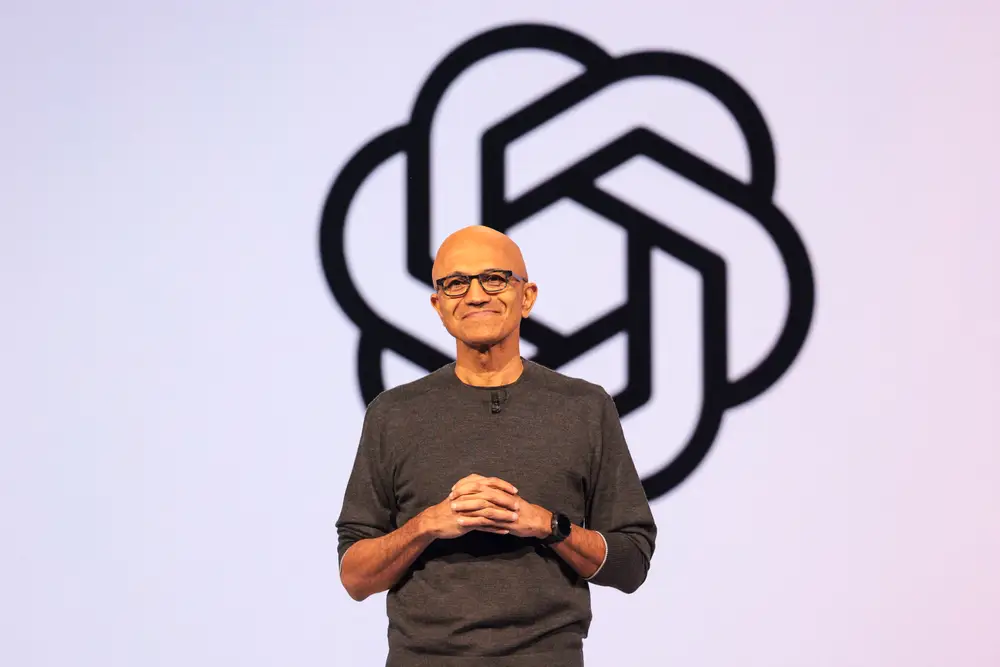
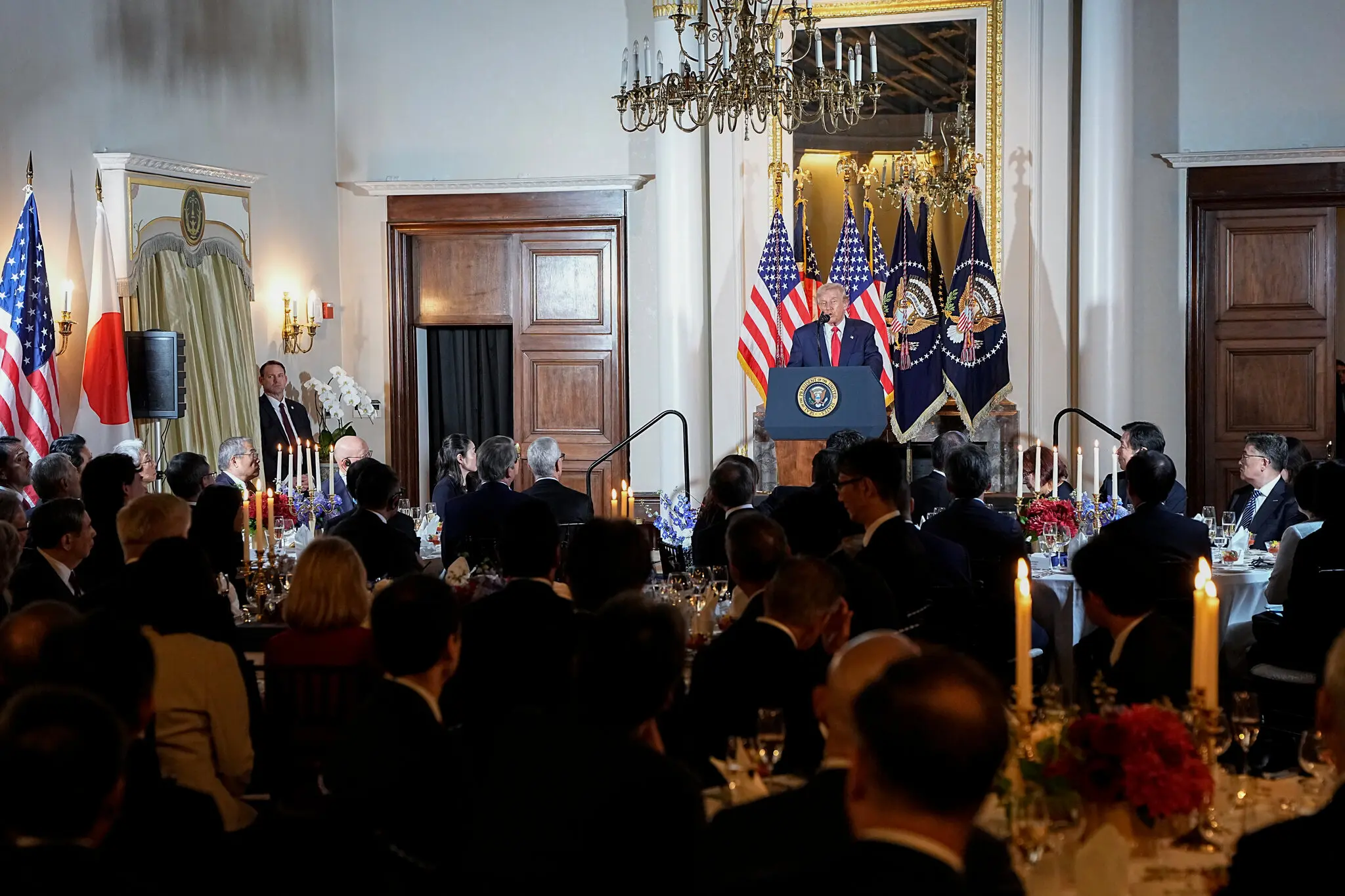

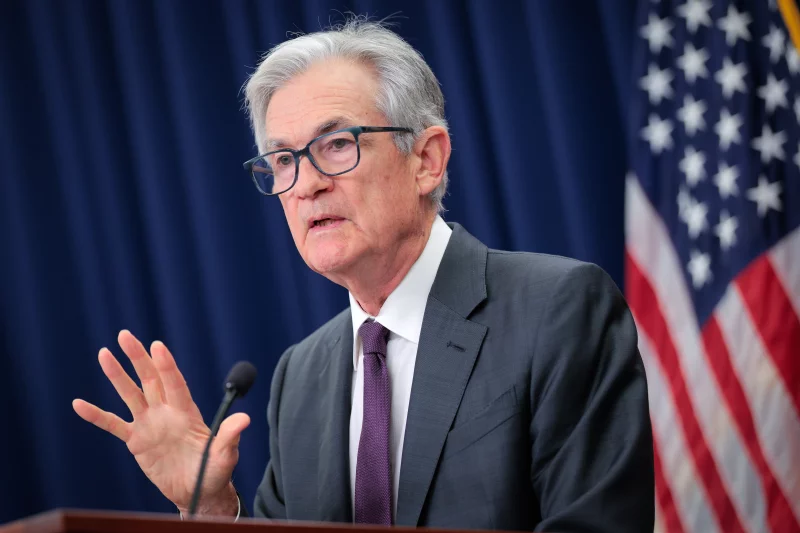
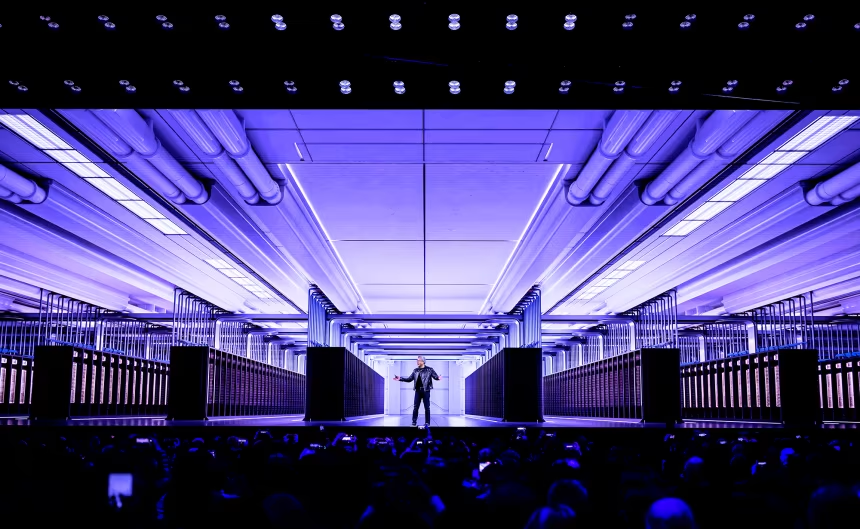

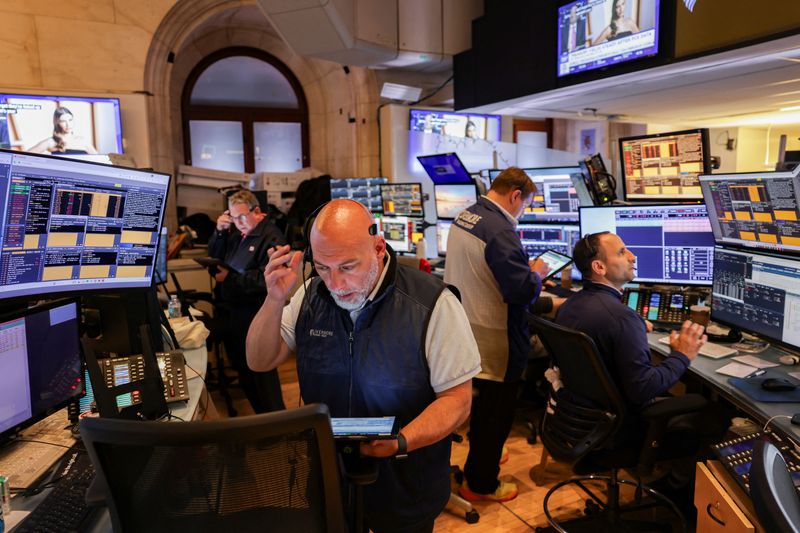


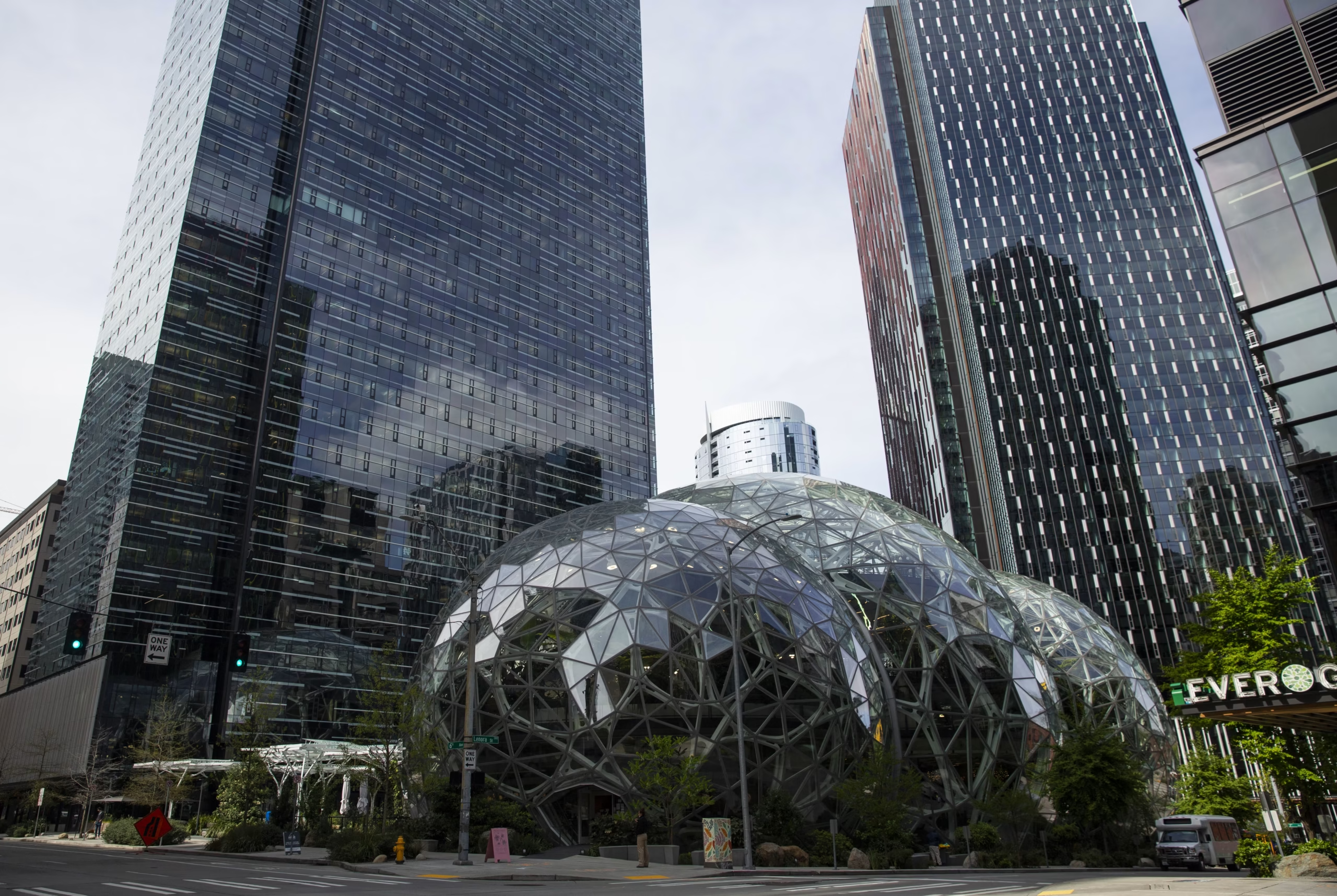

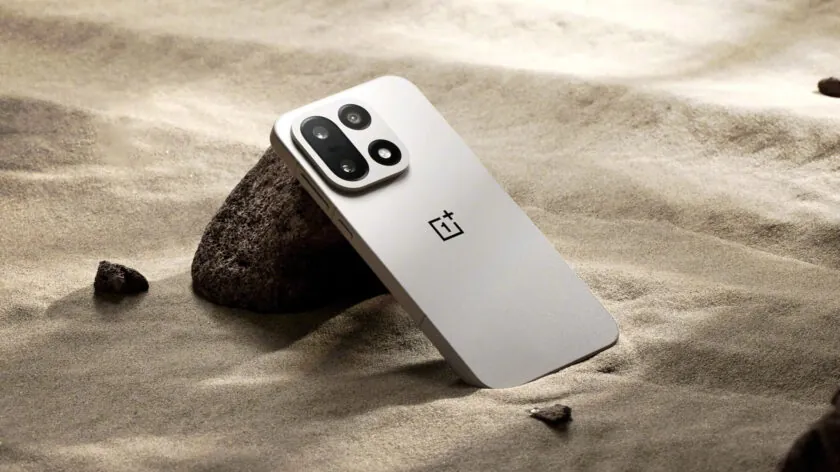

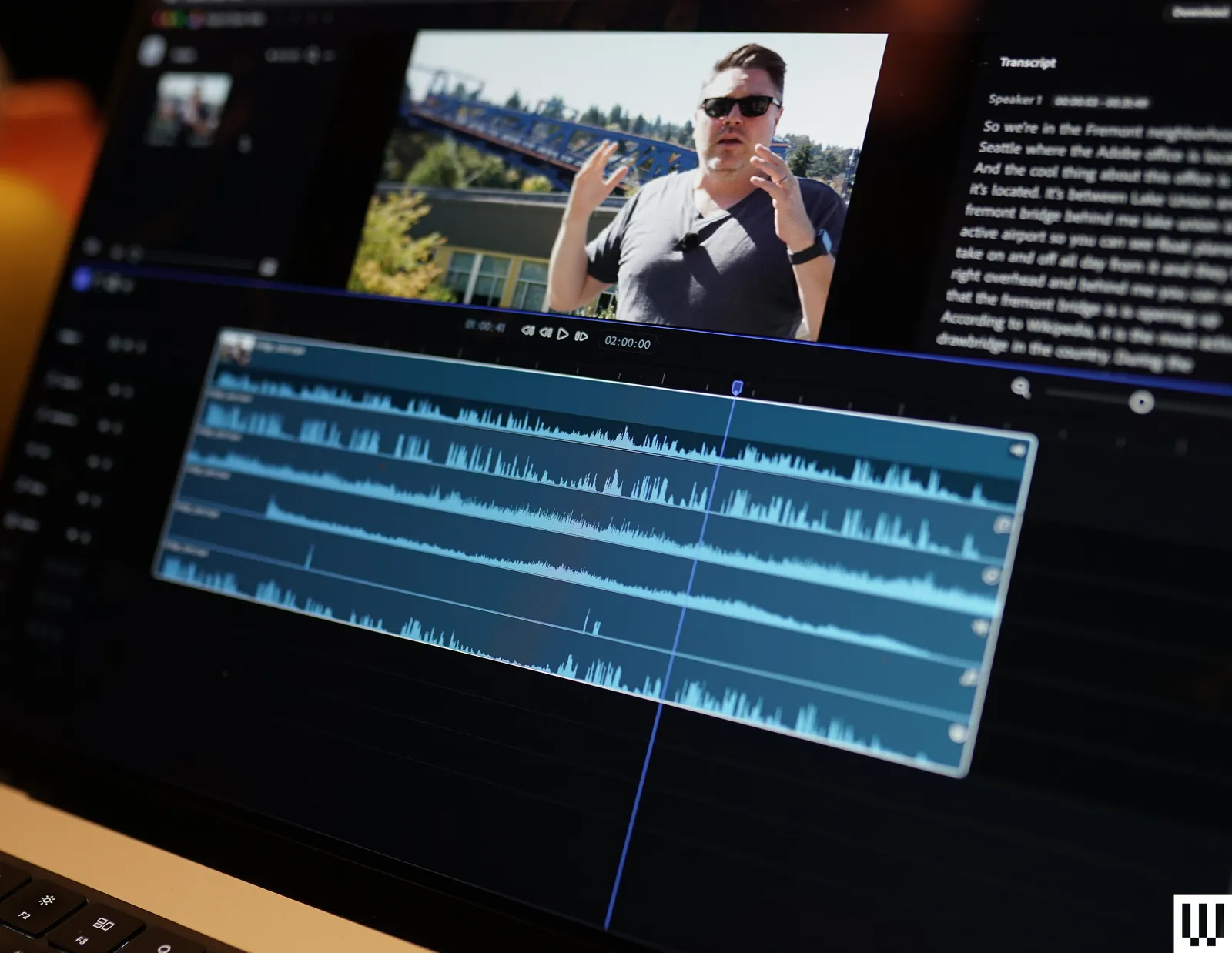
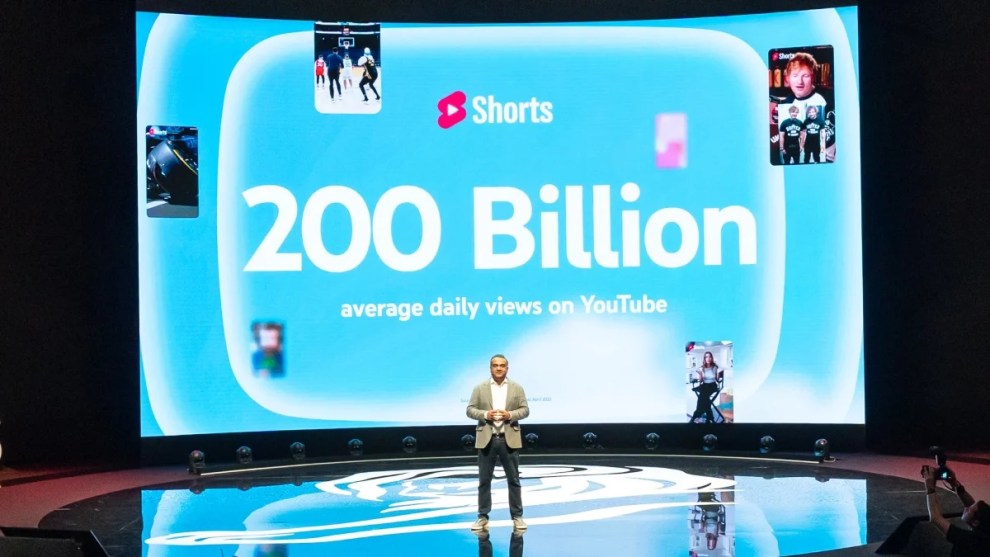
Leave a Reply